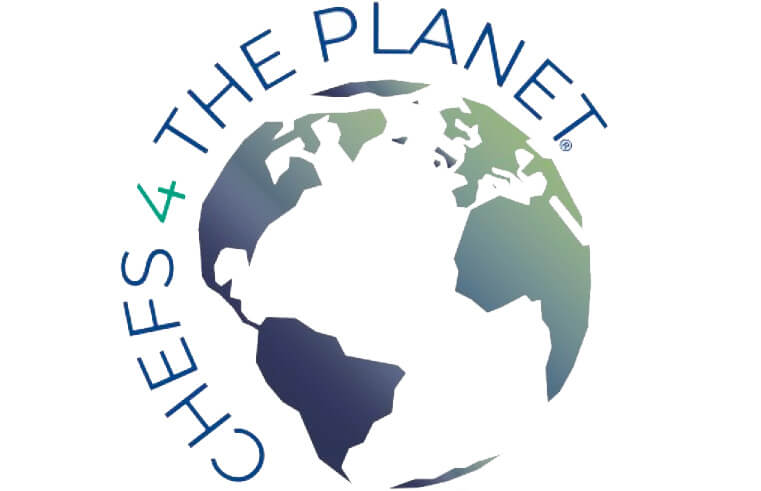By DeWayne Shoemaker. It’s almost impossible to imagine a world without chocolate. Yet cacao trees, which are the source of chocolate, are vulnerable.
I am a passionate chocolate lover and an entomologist who studies cacao pollination. The crop’s sustainability currently appears to depend on several species of tiny fly pollinators, who are frankly struggling to get the job done.
Thousands of Flowers
Chocolate is derived from the seeds of the cacao tree, Theobroma cacao L., which literally means “food of the gods.” The plant originated in the Western Amazon region of South America and has been cultivated for more than 3,000 years in many parts of Central and South America. Today it’s grown in equatorial regions around the world, including western Africa and several tropical regions in Asia.
A mature cacao tree can produce many thousands of flowers each year. These flowers are tiny, only a half inch or so in diameter (1-2 cm). The flowers typically grow in clusters directly from the trunk of the tree or off large branches.
Each flower requires pollination to successfully produce a nearly football-sized fruit – a pod containing 30-60 seeds, which can be processed to make chocolate.
It sounds straightforward but, in fact, successful cacao pollination is problematic in many regions. Only around 10% to 20% of the flowers produced by a cacao tree are successfully pollinated. The rest, up to 90%, never receive pollen – or do not receive enough pollen to create fruits.
Scientists don’t fully understand cacao pollination, which is surprising given that over 50 million people worldwide currently depend on chocolate for their livelihood.
A Big Job for a Tiny Fly
The insects responsible for pollinating cacao’s tiny flowers are, themselves, also tiny, in order to access the flower’s reproductive structures. Biting midges from the Ceratopogonidae family and gall midges from the Cecidomyiidae family are among the most important known cacao pollinators worldwide.
The majority of cacao trees are what are known as self-incompatible, meaning they cannot pollinate themselves. Successful pollinators must pick up pollen from the male parts of a flower of one tree and deposit it on the female parts of a flower on another tree.
Cacao flowers are also short-lived, typically receptive to pollen for only one or two days. Flowers that do not receive ample pollen die and fall within 36 hours of opening.Evidence suggests improving midge habitat can increase fruit yield. So, in some cacao-growing areas, current farming practices include developing and maintaining suitable ground habitat within and near cacao orchards in an effort to increase the number of midges capable of pollen transmission.
Read the rest here: https://www.ecowatch.com/chocolate-production-cacao-trees-2650431969.html?rebelltitem=2#rebelltitem2


